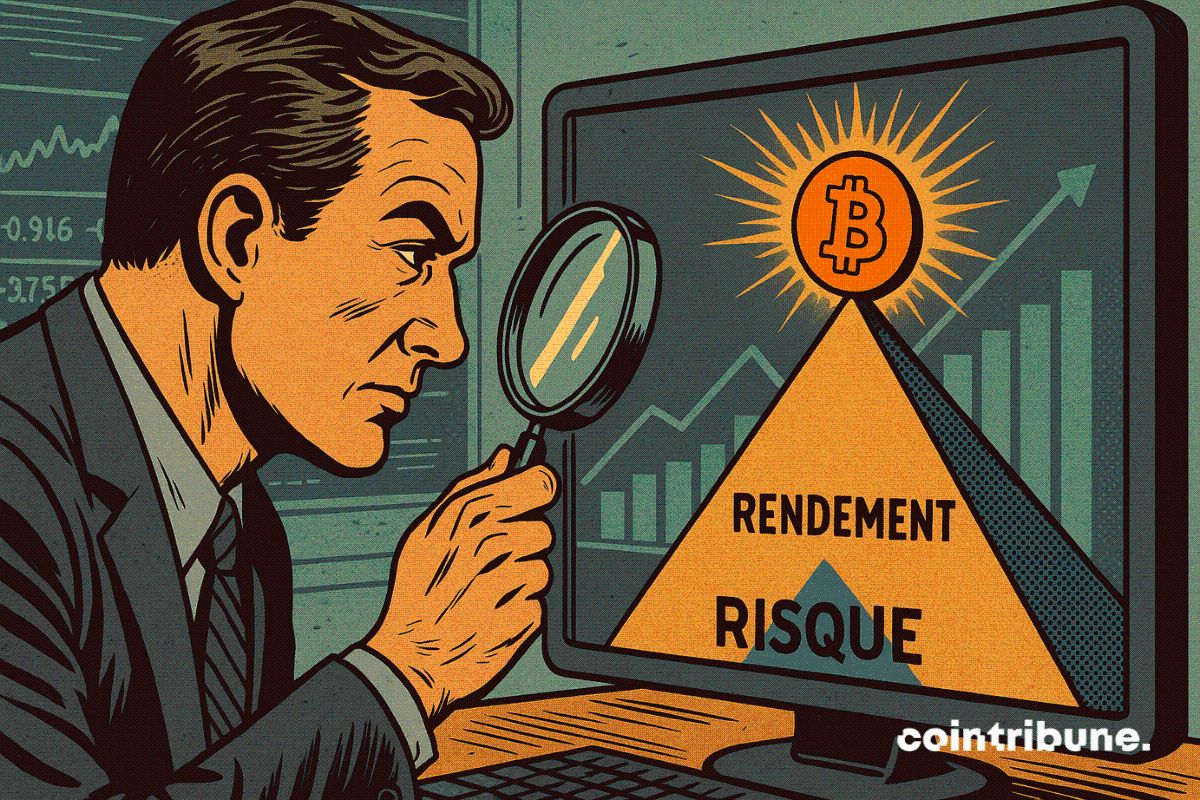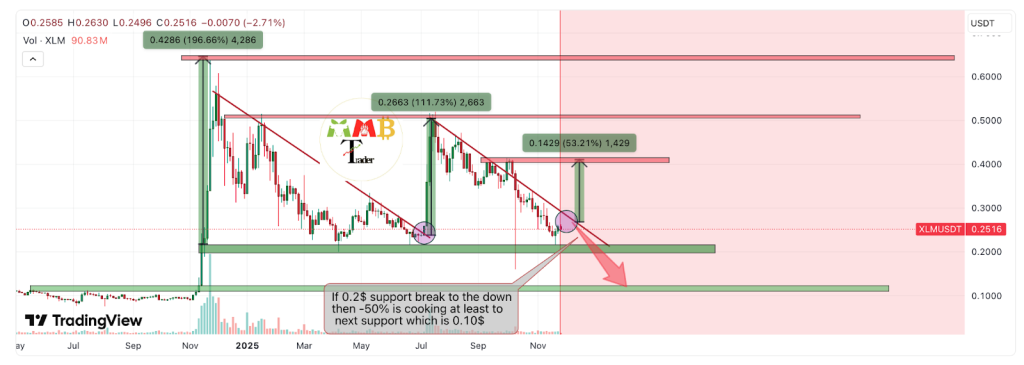Michael Saylor Advocates Bitcoin Amid U.S. Gold Tariffs
- Michael Saylor highlights Bitcoin’s advantages due to U.S. gold tariffs.
- Saylor views Bitcoin as a more suitable asset.
- Potential institutional shift towards Bitcoin over gold.
Michael Saylor, executive chairman of MicroStrategy, advocates Bitcoin as a tariff-free alternative to physical gold amidst newly imposed U.S. gold tariffs, according to his Bloomberg interview on August 8, 2025.
Saylor’s stance highlights Bitcoin’s digital, borderless attributes, potentially triggering a significant shift in institutional capital towards cryptocurrencies, bypassing regulatory challenges faced by gold.
Michael Saylor, Executive Chairman of MicroStrategy , strongly posits Bitcoin as a superior alternative to gold amid new U.S. tariffs.
During a recent interview, Saylor reiterated that Bitcoin exists in cyberspace without tariffs, offering distinct benefits over physical gold. Notably, Saylor asserted,
“Bitcoin lives in cyberspace, no tariffs in cyberspace.”
Saylor emphasized the intrinsic advantages Bitcoin holds over gold , highlighting its digital and borderless characteristics. These attributes could encourage a significant shift in asset preference among institutional investors. Importantly, this stance aligns with Saylor’s longstanding advocacy for Bitcoin.
Immediate effects are seen in the broader institutional community, where Bitcoin’s programmability and unrestricted nature are increasingly appealing. Observations from the market suggest a potential realignment of preferences away from gold towards this digital asset .
Financial implications could include a marked increase in institutional Bitcoin adoption. With no tariffs to concern investors, the asset symbolizes a frictionless alternative amid changing regulatory landscapes, especially in regions affected by gold tariffs.
The ongoing discourse may catalyze substantial movements within financial markets, potentially guiding regulatory developments. The technological rise of Bitcoin as a digital store of value could redefine institutional asset allocations.
Historical precedents, such as previous gold regulations, support this narrative. As Saylor suggests, Bitcoin might lead a trillion-dollar global capital shift, benefiting from its inherent tariff-free environment and technological edge. This could shape future financial landscapes significantly.
Disclaimer: The content of this article solely reflects the author's opinion and does not represent the platform in any capacity. This article is not intended to serve as a reference for making investment decisions.
You may also like
Do Kwon Wants Lighter Sentence After Admitting Guilt

Bitwise Expert Sees Best Risk-Reward Since COVID

Stellar (XLM) Price Prediction: Can Bulls Push Toward $0.30 in December?

21Shares XRP ETF Set to Launch on 1 December as ETF Demand Surges
